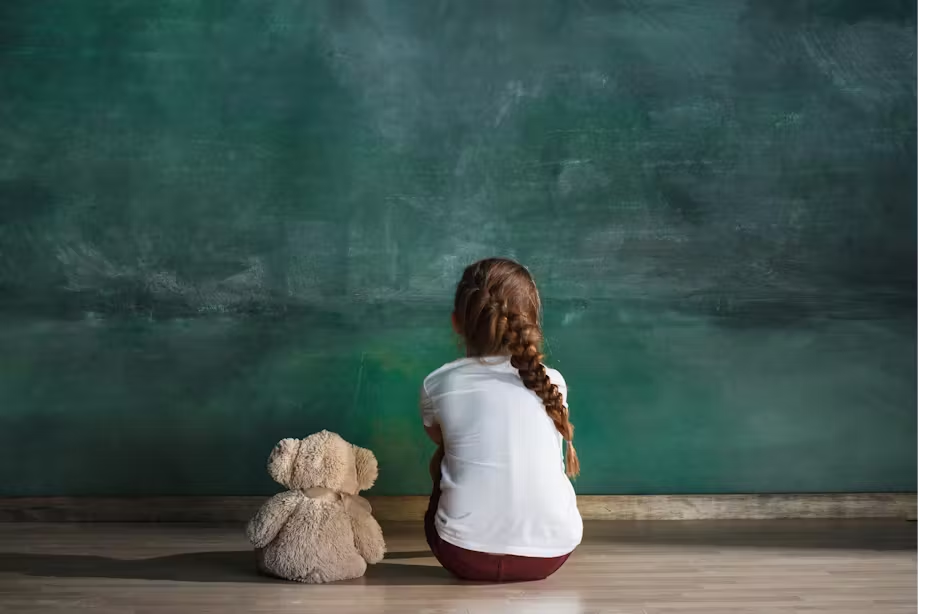Child Abuse and Neglect
Child abuse and neglect are serious violations of a child’s rights and well-being. They can have lasting effects on a child’s physical, emotional, and psychological health. It is crucial to recognize the signs of abuse and understand how to seek help for affected children.
What is Child Abuse?
Child abuse refers to any action by a caregiver or another adult that causes harm or threatens to cause harm to a child. It can take several forms:
- Physical Abuse: Involves inflicting physical harm, such as hitting, shaking, or burning a child.
- Emotional Abuse: This includes verbal abuse, rejection, and emotional manipulation, which can harm a child’s self-esteem and emotional development.
- Sexual Abuse: Involves any sexual activity with a child, including inappropriate touching, exploitation, or exposure to sexual content.
What is Child Neglect?
Child neglect occurs when a caregiver fails to provide for a child’s basic needs, including:
- Physical Neglect: Not providing adequate food, clothing, shelter, or medical care.
- Emotional Neglect: Failing to provide emotional support, love, and guidance necessary for healthy development.
- Educational Neglect: Not ensuring that a child receives proper education, such as not enrolling them in school or failing to attend to their educational needs.
Sign of Child Abuse & Neglect
Recognizing the signs of abuse and neglect is crucial in protecting children. Common indicators include:
- Physical Signs: Unexplained injuries, bruises, or burns.
- Behavioral Signs: Sudden changes in behavior, withdrawal, aggression, or fear of certain adults.
- Neglect Indicators: Poor hygiene, malnutrition, or frequent absences from school.
Impact of Child Abuse & Neglect
Children who experience abuse or neglect may face numerous long-term effects, including:
- Emotional & Psychological Issues: Increased risk of depression, anxiety, and low self-esteem.
- Behavioral Problems: Difficulty in forming healthy relationships, increased aggression, or delinquent behavior.
- Physical Health Issues: Long-term health problems and a greater risk of substance abuse later in life.
Reporting Child Abuse & Neglect
If you suspect a child is being abused or neglected, it is essential to report your concerns to the appropriate authorities. In many regions you can contact:
- Child Protective Services (CPS): A government agency responsible for the investigating reports of child abuse and neglect.
- Law Enforcement: Police can take immediate action in cases of severe abuse or threats to a child’s safety.
Support for Victims
Children who have experienced abuse or neglect require compassionate support and intervention. Resources available include:
- Counseling Services: Professional therapy can help children heal and cope with their experiences.
- Support Groups: Groups for survivors can provide a sense of community and understanding.
- Legal Aid: Assistance with navigating the legal system to ensure the child’s safety and rights.
Child abuse and neglect are preventable, and it is our collective responsibility to protect children from harm. If you or someone you know is in a position to help a child in need, reach out for support and take action. Together, we can create a safer environment for all children. Our crisis line is available 24/7.
All Services are Free & Confidential
- Local Number: 608-791-2600
- Toll Free Number: 1-888-231-0066
- Text Only Number: 608-667-9944
For a list of other resources, click HERE.


